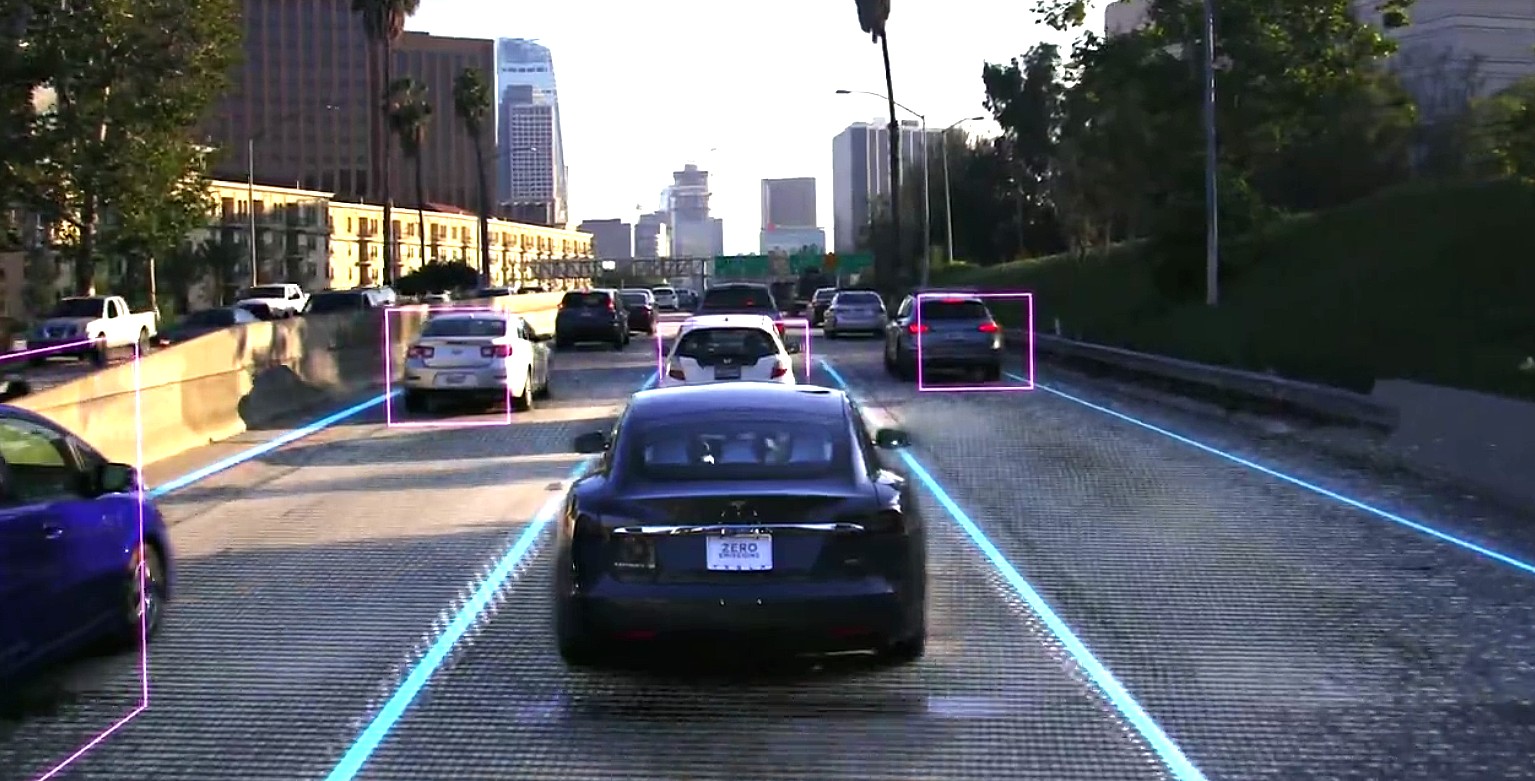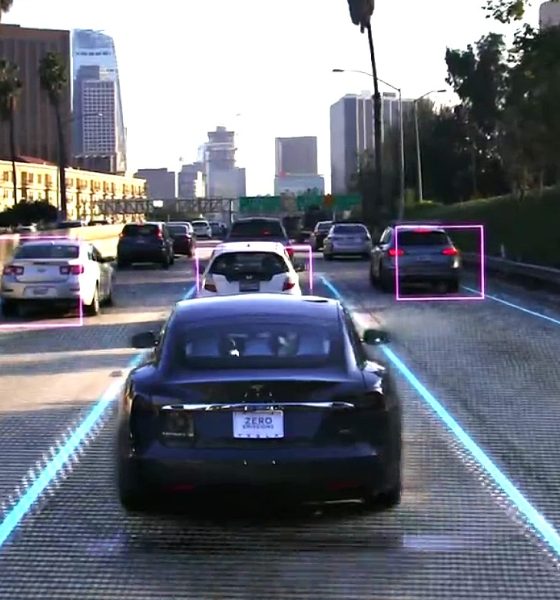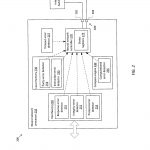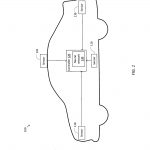A recently published Tesla patent application titled “System and Method for Handling Errors in a Vehicle Neural Network Processor” describes a way to safely handle errors encountered in self-driving software. Rather than risking delays in driving responses that result from input data errors, a signal is sent to ignore the bad information and continue processing as usual. Tesla’s application was published May 23, 2019 as International Publication No. WO/2019/099941.
During self-driving operations in Tesla’s program, streams of real-time input data are received and used to both train its neural network and initiate a vehicle response to what’s being processed. If something in the data is erroneous or causes a delay in processing, the real-world impact can be disastrous if not handled properly. For example, in a fast-moving vehicle, sensor data can become stale very quickly and cause the self-driving software to respond to an environment that no longer exists. This can result in accidents, property damage, injury, and/or death. The solution presented in Tesla’s patent application attempts to avoid such processing delays altogether and thus improves the safety of the self-driving software overall.
Tesla’s patent application describes the issue as follows:
“Some types of errors may cause neural network processor to hang or time out. That is, one or more portions of neural network processor may freeze or otherwise remain inactive for more than a predetermined amount of time. When a timeout error is encountered, [the] neural network processor may cease to provide output data and/or respond to input data. Other types of errors, such as program errors and/or data errors, may cause the output data generated by [the] neural network processor to be corrupted. When such errors are encountered, [the] neural network processor may continue to provide output data, but the result may be incorrect, meaningless, and/or otherwise unusable.”
- Tesla’s self-driving patent application focuses on handling errors found in its neural network. | Image: Tesla/WIPO
- Tesla’s self-driving patent application focuses on handling errors found in its neural network. | Image: Tesla/WIPO
On its face, the concept behind invention may seem somewhat simple, but likely due to the complexity of neural networks and the field of autonomous driving still being fairly new, Tesla’s solution is unique and innovative. At the international review stage in the patent application process, the Examiner found that Tesla’s patent was novel (new) compared to similar neural network inventions already in the field. Specifically, the following was commented in a Written Opinion:
“Although neural network processors are well known in the art, including in the operation of a vehicle, the addition of having the controller signal that a pending data result is tainted, or incorrect, without terminating the execution of the network, improves upon prior art processors by ensuring the computations of the processor in the vehicle continue while ignoring data determined to be in error, and would require a complexity beyond the ordinary skill, and therefore…meets the…criteria for patentability.”
Concerns about Tesla’s Autopilot software were recently hit by a report published by Consumer Reports wherein the consumer advocacy group concluded that Navigate on Autopilot with autonomic lane changes was more of a liability than an asset. The report stated that, since the feature requires drivers to be one step ahead of the system while it is engaged, it still needs improvement, although the same group found Tesla’s autonomous driving software to be more capable than the competition. However, the report was only focused on how Navigate on Autopilot operates when changing lanes confirmation and warnings are disabled, contrary to scathing headlines which lumped all of Autopilot’s features together with the review.
This most recent patent application shows that Tesla is continuously improving its self-driving features, if that wasn’t already obvious from the company’s frequent over-the-air software releases.
At Tesla’s Autonomy Day for investors last month, CEO Elon Musk declared that the company’s Full Self-Driving computer was objectively the “best in the world”. As more information becomes available, such as presentations on Tesla’s technology and in patent applications, Musk’s confidence expressed in his statement becomes more clear. Full Self-Driving is expected to be feature-complete this year and will become publicly available as regulatory hurdles are overcome.

Elon Musk
SpaceX’s Starship FL launch site will witness scenes once reserved for sci-fi films
A Starship that launches from the Florida site could touch down on the same site years later.
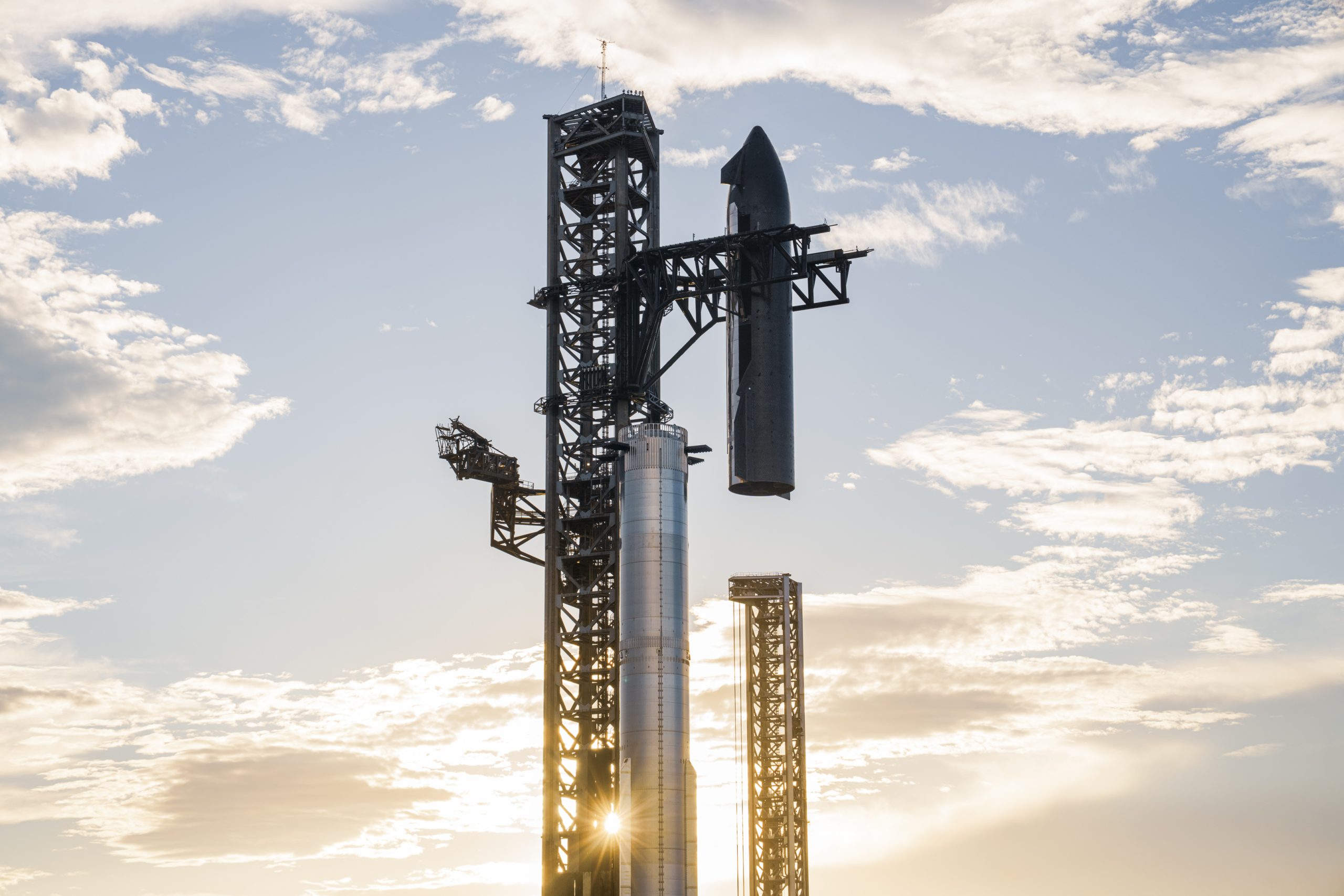
The Department of the Air Force (DAF) has released its Final Environmental Impact Statement for SpaceX’s efforts to launch and land Starship and its Super Heavy booster at Cape Canaveral Space Force Station’s SLC-37.
According to the Impact Statement, Starship could launch up to 76 times per year on the site, with Super Heavy boosters returning within minutes of liftoff and Starship upper stages landing back on the same pad in a timeframe that was once only possible in sci-fi movies.
Booster in Minutes, Ship in (possibly) years
The EIS explicitly referenced a never-before-seen operational concept: Super Heavy boosters will launch, reach orbit, and be caught by the tower chopsticks roughly seven minutes after liftoff. Meanwhile, the Starship upper stage will complete its mission, whether a short orbital test, lunar landing, or a multi-year Mars cargo run, and return to the exact same SLC-37 pad upon mission completion.
“The Super Heavy booster landings would occur within a few minutes of launch, while the Starship landings would occur upon completion of the Starship missions, which could last hours or years,” the EIS read.
This means a Starship that departs the Florida site in, say, 2027, could touch down on the same site in 2030 or later, right beside a brand-new stack preparing for its own journey, as noted in a Talk Of Titusville report. The 214-page document treats these multi-year round trips as standard procedure, effectively turning the location into one of the world’s first true interplanetary spaceports.
Noise and emissions flagged but deemed manageable
While the project received a clean bill of health overall, the EIS identified two areas requiring ongoing mitigation. Sonic booms from Super Heavy booster and Starship returns will cause significant community annoyance” particularly during nighttime operations, though structural damage is not expected. Nitrogen oxide emissions during launches will also exceed federal de minimis thresholds, prompting an adaptive management plan with real-time monitoring.
Other impacts, such as traffic, wildlife (including southeastern beach mouse and Florida scrub-jay), wetlands, and historic sites, were deemed manageable under existing permits and mitigation strategies. The Air Force is expected to issue its Record of Decision within weeks, followed by FAA concurrence, setting the stage for rapid redevelopment of the former site into a dual-tower Starship complex.
SpaceX Starship Environmental Impact Statement by Simon Alvarez
News
Tesla Full Self-Driving (FSD) testing gains major ground in Spain
Based on information posted by the Dirección General de Tráfico (DGT), it appears that Tesla is already busy testing FSD in the country.
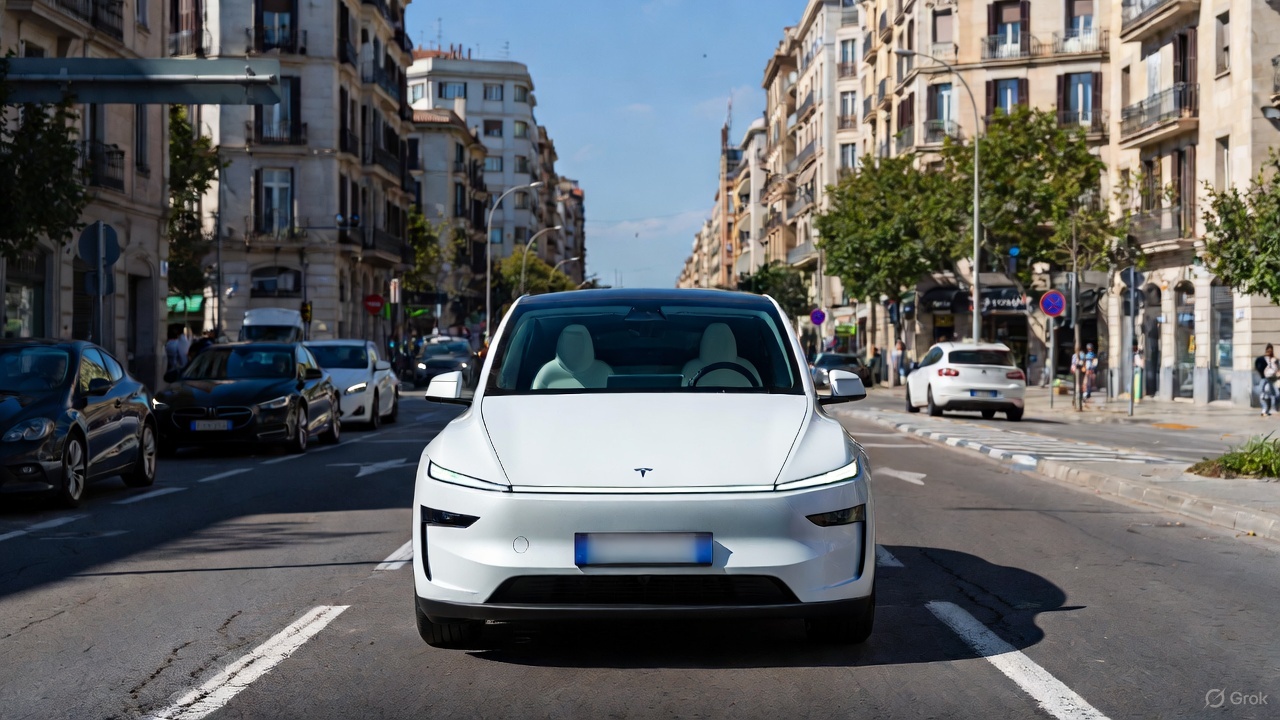
Tesla’s Full Self-Driving (Supervised) program is accelerating across Europe, with Spain emerging as a key testing hub under the country’s new ES-AV framework program.
Based on information posted by the Dirección General de Tráfico (DGT), it appears that Tesla is already busy testing FSD in the country.
Spain’s ES-AV framework
Spain’s DGT launched the ES-AV Program in July 2025 to standardize testing for automated vehicles from prototypes to pre-homologation stages. The DGT described the purpose of the program on its official website.
“The program is designed to complement and enhance oversight, regulation, research, and transparency efforts, as well as to support innovation and advancements in automotive technology and industry. This framework also aims to capitalize on the opportunity to position Spain as a pioneer and leader in automated vehicle technology, seeking to provide solutions that help overcome or alleviate certain shortcomings or negative externalities of the current transportation system,” the DGT wrote.
The program identifies three testing phases based on technological maturity and the scope of a company’s operations. Each phase has a set of minimum eligibility requirements, and applicants must indicate which phase they wish to participate in, at least based on their specific technological development.
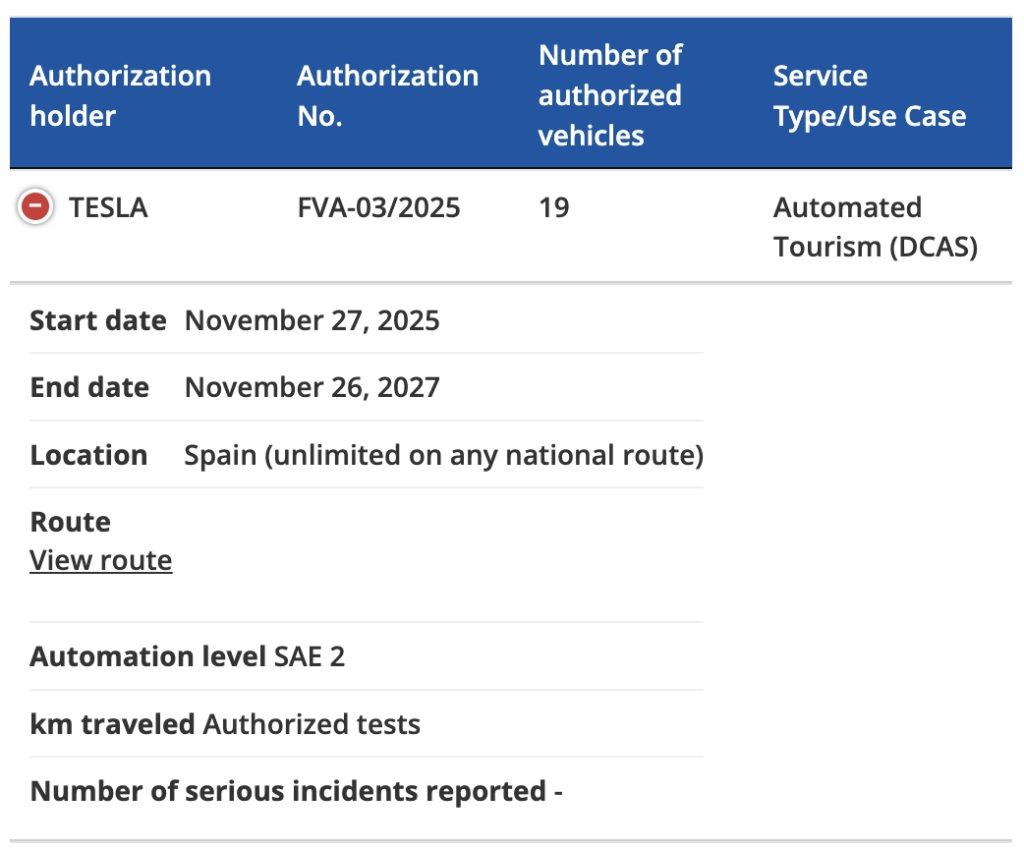
Tesla FSD tests
As noted by Tesla watcher Kees Roelandschap on X, the DGT’s new framework effectively gives the green flight for nationwide FSD testing. So far, Tesla Spain has a total of 19 vehicles authorized to test FSD on the country’s roads, though it would not be surprising if this fleet grows in the coming months.
The start date for the program is listed at November 27, 2025 to November 26, 2027. The DGT also noted that unlimited FSD tests could be done across Spain on any national route. And since Tesla is already in Phase 3 of the ES-AV Program, onboard safety operators are optional. Remote monitoring would also be allowed.
Tesla’s FSD tests in Spain could help the company gain a lot of real-world data on the country’s roads. Considering the scope of tests that are allowed for the electric vehicle maker, it seems like Spain would be one of the European countries that would be friendly to FSD’s operations. So far, Tesla’s FSD push in Europe is notable, with the company holding FSD demonstrations in Germany, France, and Italy. Tesla is also pushing for national approval in the Netherlands in early 2026.
News
Tesla FSD V14.2.1 is earning rave reviews from users in diverse conditions
Tesla’s Full Self-Driving (Supervised) software continues its rapid evolution, with the latest V14.2.1 update drawing widespread praise.
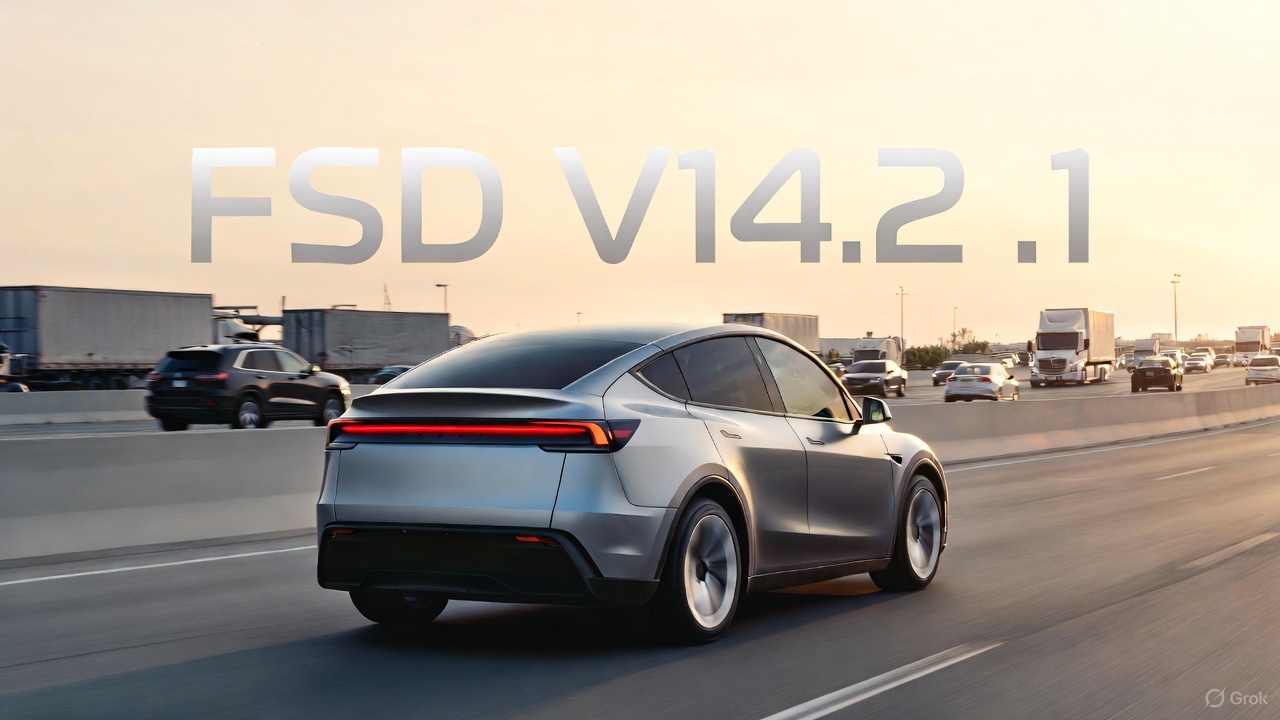
Tesla’s Full Self-Driving (Supervised) software continues its rapid evolution, with the latest V14.2.1 update drawing widespread praise for its smoother performance and smarter decision-making.
Videos and firsthand accounts from Tesla owners highlight V14.2.1 as an update that improves navigation responsiveness, sign recognition, and overall fluidity, among other things. Some drivers have even described it as “more alive than ever,” hinting at the system eventually feeling “sentient,” as Elon Musk has predicted.
FSD V14.2.1 first impressions
Early adopters are buzzing about how V14.2.1 feels less intrusive while staying vigilant. In a post shared on X, Tesla owner @LactoseLunatic described the update as a “huge leap forward,” adding that the system remains “incredibly assertive but still safe.”
Another Tesla driver, Devin Olsenn, who logged ~600 km on V14.2.1, reported no safety disengagements, with the car feeling “more alive than ever.” The Tesla owner noted that his wife now defaults to using FSD V14, as the system is already very smooth and refined.
Adverse weather and regulatory zones are testing grounds where V14.2.1 shines, at least according to testers in snow areas. Tesla watcher Sawyer Merritt shared a video of his first snowy drive on unplowed rural roads in New Hampshire, where FSD did great and erred on the side of caution. As per Merritt, FSD V14.2.1 was “extra cautious” but it performed well overall.
Sign recognition and freeway prowess
Sign recognition also seemed to show improvements with FSD V14.2.1. Longtime FSD tester Chuck Cook highlighted a clip from his upcoming first-impressions video, showcasing improved school zone behavior. “I think it read the signs better,” he observed, though in standard mode, it didn’t fully drop to 15 mph within the short timeframe. This nuance points to V14.2.1’s growing awareness of temporal rules, a step toward fewer false positives in dynamic environments.
FSD V14.2.1 also seems to excel in high-stress highway scenarios. Fellow FSD tester @BLKMDL3 posted a video of FSD V14.2.1 managing a multi-lane freeway closure due to a police chase-related accident. “Perfectly handles all lanes of the freeway merging into one,” the Tesla owner noted in his post on X.
FSD V14.2.1 was released on Thanksgiving, much to the pleasant surprise of Tesla owners. The update’s release notes are almost identical to the system’s previous iteration, save for one line item read, “Camera visibility can lead to increased attention monitoring sensitivity.”
